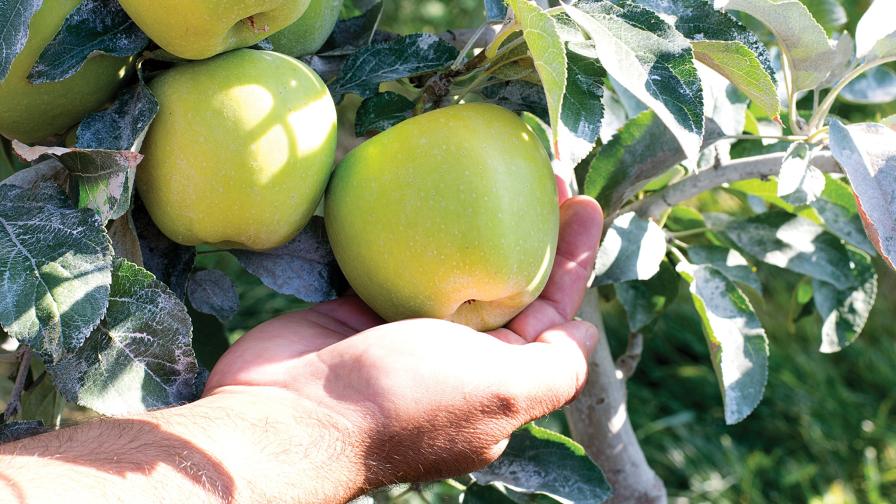IPM Is Now Mainstream In The West
Over the past 20 years, the amount of pesticides to produce $1,000 worth of food in California has dropped by half.
That is one of the key findings of a new report by the Western Integrated Pest Management Center titled “Adoption and Impacts of Integrated Pest Management in Agriculture in the Western United States.”
Many integrated pest management practices are so widely adopted in Western agriculture they have become conventional pest management.
 Other key findings:
Other key findings:
Pesticide use is declining overall, and in California, has declined sharply per dollar of food produced.
- In California, use of many of the most toxic classes of pesticides has declined, although use of carcinogenic pesticides and toxic air contaminants has increased.
- Pesticide residues found on food are at very low concentrations, below the legal tolerance limits set by the U.S. EPA.
“This is the first in a series of special reports on IPM adoption and the impacts of IPM adoption in different settings in the West,” said Western IPM Center Director Jim Farrar, lead author of the report. “Future reports will be more specific in their focus, looking in-depth at specific crops, counties and non-agricultural settings.”
But this first report was broad, pulling data from a variety of sources to generate an overall picture of IPM adoption.
“The background of this is in 1993, the United States Department of Agriculture and EPA set a goal that integrated pest management would be practiced on 75% of U.S. crop acreage by the year 2000,” Farrar said. “While some level of IPM was being used on about 70% of acreage by the deadline, there wasn’t a lot known about the impact IPM adoption was having. And that’s really important.”
So Farrar examined peer-reviewed scientific literature and studies conducted by or on behalf of commodity groups or other agriculture interests, published since the year 2000.
“From the data, IPM has been widely adopted in Western agriculture, especially in specialty crops,” Farrar said. “One of the most interesting findings is how much less pesticide it takes to produce a dollar’s worth of food.”
Using California pesticide use and agriculture production data, the report shows that pesticide use per dollar of food produced has dropped by more than half since 1995. Then it took more than eight pounds of pesticide to produce $1,000 worth of food in California, and in 2012 that figure dropped below four pounds.
“The review shows there are gaps in the data that’s available, and places where IPM adoption can be improved,” Farrar said. “But overall, it shows that IPM is beneficial in managing pests, and in protecting the economy, human health and the environment.”
The Western IPM Center is one of four regional centers funded by the USDA National Institute of Food and Agriculture to promote IPM practices and serve as the hub of a multi-state partnership and communication network. From offices in Davis, CA, the center serves 13 Western states and the Pacific Island territories.
Download either the 66-page report or a four-page abstract for free at the Western IPM Center’s website.
Source: Western IPM Center










